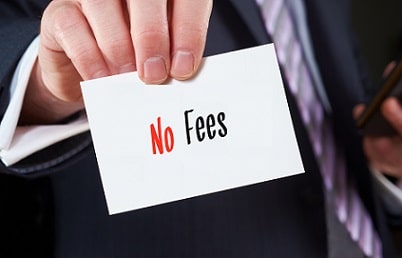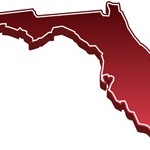 $32 BILLION – yes, with a B, nearly $32 billion dollars is how much banking institutions are said to have made only on overdraft fees in 2013 in the United States. In fact, the Consumer Financial Protection Bureau found that normally, 61% of bank profits from consumer checking accounts come from overdraft and insufficient funds fees. And this amount doesn’t even include the massive income they receive from other fees, such as ATM fees, minimum balance fees, account maintenance fees, cashier’s check fees, and much more.
$32 BILLION – yes, with a B, nearly $32 billion dollars is how much banking institutions are said to have made only on overdraft fees in 2013 in the United States. In fact, the Consumer Financial Protection Bureau found that normally, 61% of bank profits from consumer checking accounts come from overdraft and insufficient funds fees. And this amount doesn’t even include the massive income they receive from other fees, such as ATM fees, minimum balance fees, account maintenance fees, cashier’s check fees, and much more.
It’s not difficult to find a bank that advertises “free” checking – nearly every banking institution does. But what is difficult is to find a bank where the checking is truly free. With a lot of banks, free checking still comes with any menu of fees, including, but not limited to: check purchase fees, ATM card fees, and what I like to call “oops” fees (aka overdraft fees). Ever forget to record something you bought, and didn’t realize your account balance was so low? Yup. Huge bank fees for that slip up. Now, it’s true that some banks will offer lower fees if you have another account with them, and you agree to connect the two accounts. Then they will charge you, say $12, for their “assistance” in automatically moving enough of your money from one account to another. But if you don’t have that second account? Expect a fee closer to $30 – to as high as $50! And that’s on top of the financial error you already made that needs to be rectified.
Unfortunately, the fees with “free” checking don’t usually stop there. Many banks require either a minimum balance or direct deposit from your paycheck. But what if your employer is small, and doesn’t have direct deposit ability? You have to watch that balance like a hawk if you don’t want it dropping by another $5 (at the lowest – many are higher) for a monthly “service” fee.
So here’s the million (or maybe $32 billion) dollar question: Why? When everything is pretty much done in the banking world with computers and numbers on a screen, why does it cost you for the bank to help you fix a small balance oversight, especially when they fix it with your own money? Or this question: Does it really cost them more to handle your low-balance account than someone else’s large-balance one, so they have to pass along their supposed cost? Of course the answer is no. The sad truth is the obvious one. It all comes down to someone footing the bill for bank buildings, employees, shareholders, safe transition of cash, an almost endless list of bank expenses – and, unfortunately, that someone is the average account holder.
If you’re sick of paying fees, even if they are only occasional, I recommend looking into online or mobile banking. Simple Bank, Capital One 360, and Bank of America’s Safe Balance Banking are among the most popular options.
With everything online and technically “virtual” – you have real money, but particularly in the case of Simple, you don’t have the brick and mortar bank or the fees. The online tools offered are each getting smarter too. Simple Bank empowers their customers to track their money, set goals, check that they can safely spend an amount before they do, and much, much more. Their high-tech approach to banking has been a topic of my podcast recently.
Even if you hate fees, you might not quite be ready to go all digital, so I’ll leave you with 3 tricks to help avoid bank fees in the traditional banking world:
(1) Pad your account by the requirement: If you’re required to have a minimum balance to avoid a monthly service fee, consider that your “zero”. In other words, if you have to have at least $250, and you have $675, treat the account like you have only $425. That way, you’ll never drop below that minimum $250.
(2) Open a small second account: Some banks will eliminate fees if you have more than one account. Even if you simply divide your income between the two accounts, you can save on fees.
(3) Go pre-paid: Many banks now offer pre-paid debit cards with no fees attached. You load the card and use it like any other, but the beauty is there is no way to overdraft it. You can only use what’s on the card. Transactions exceeding that balance will be declined.


